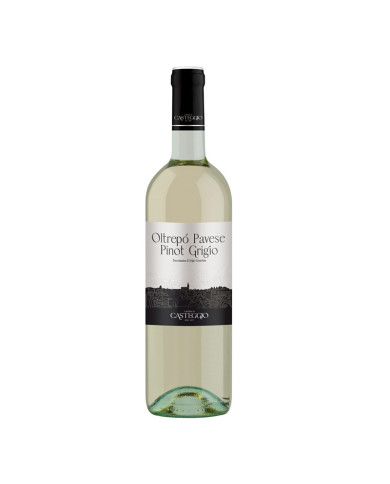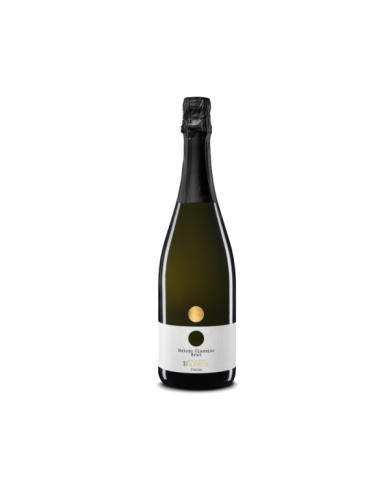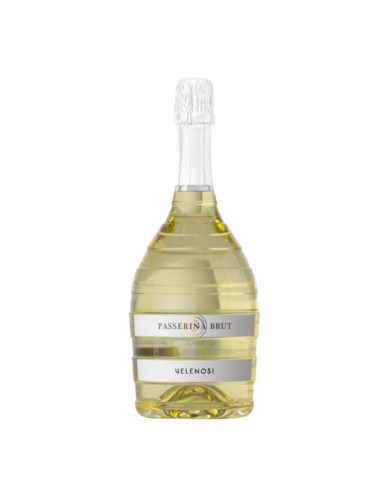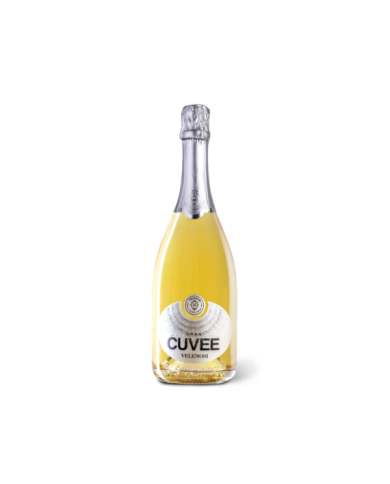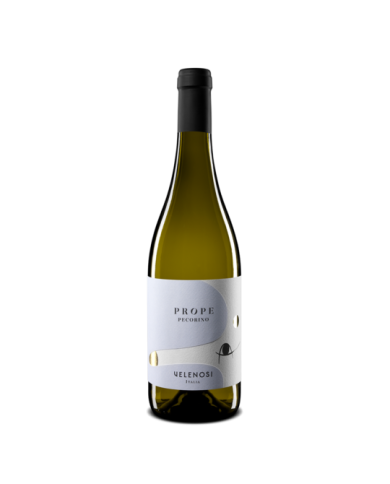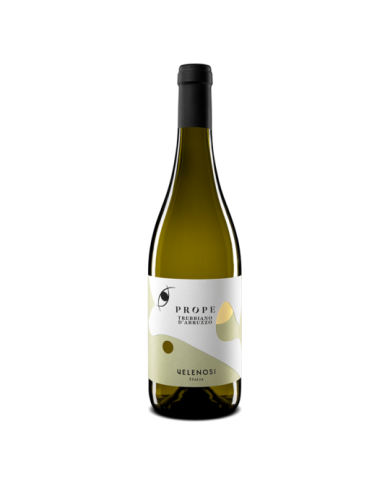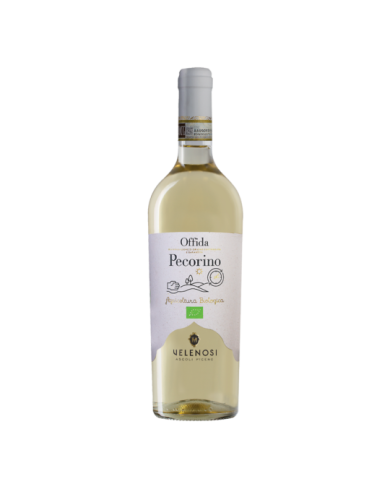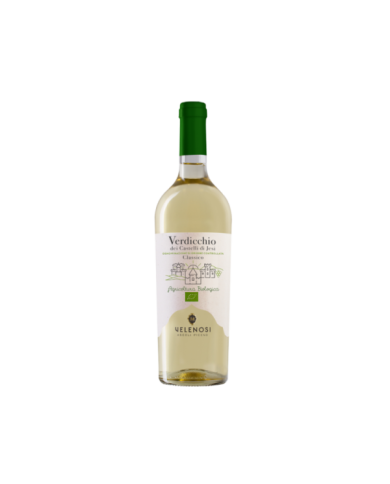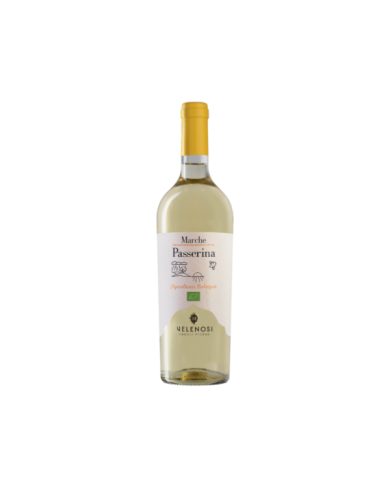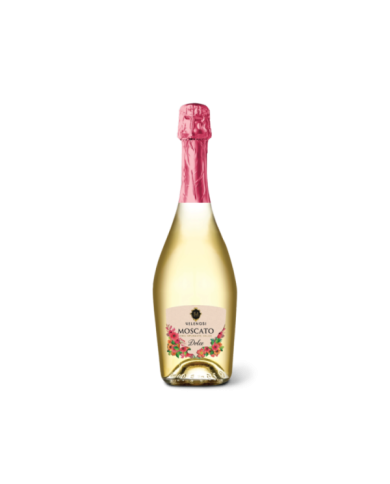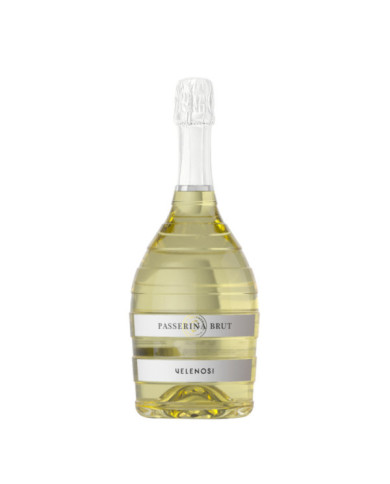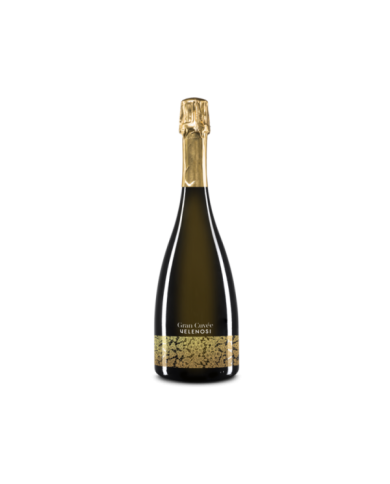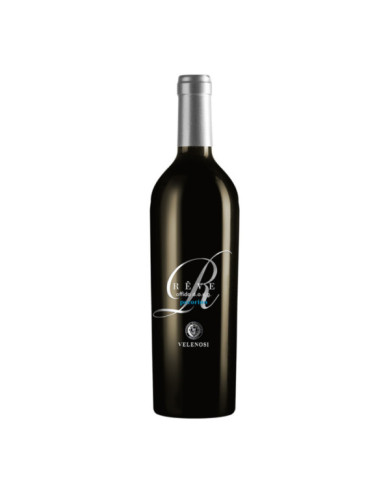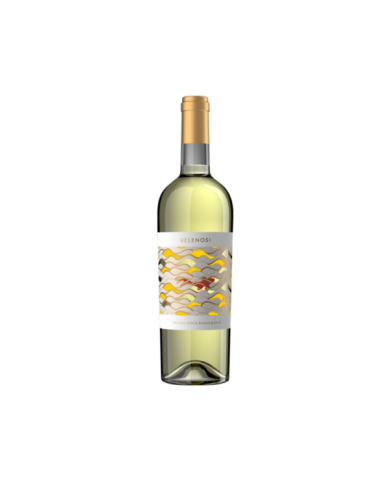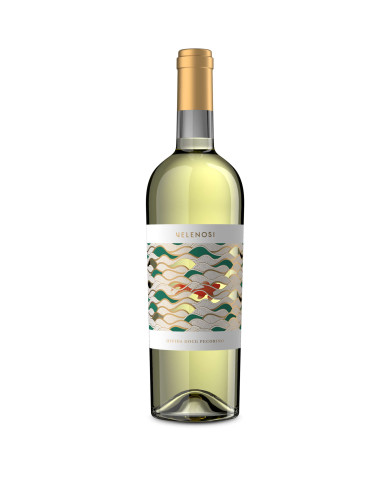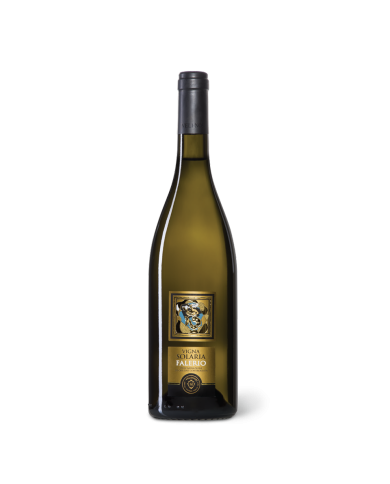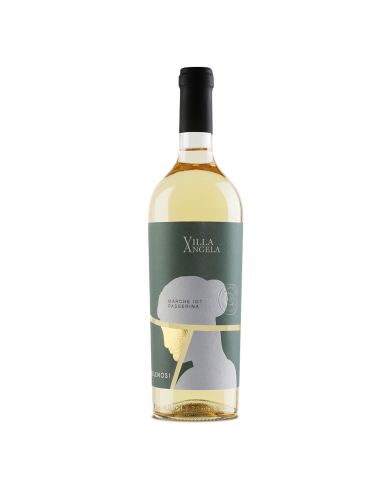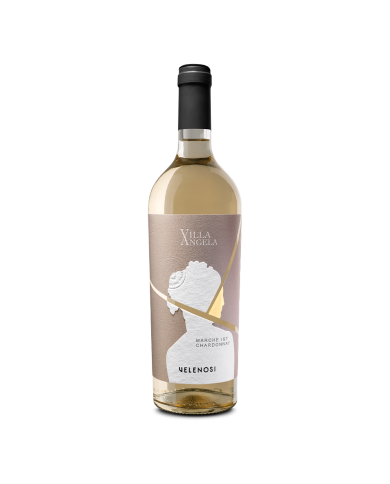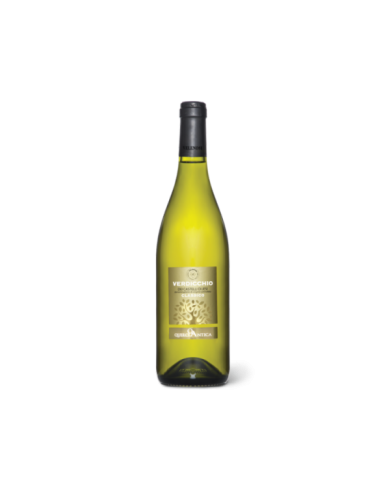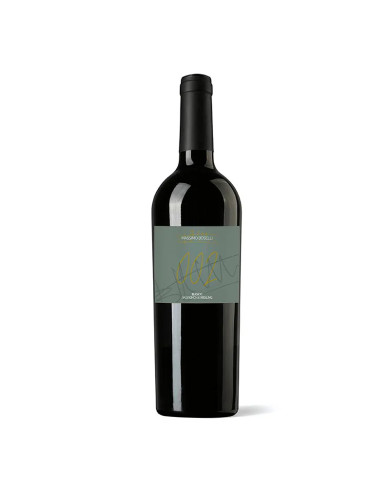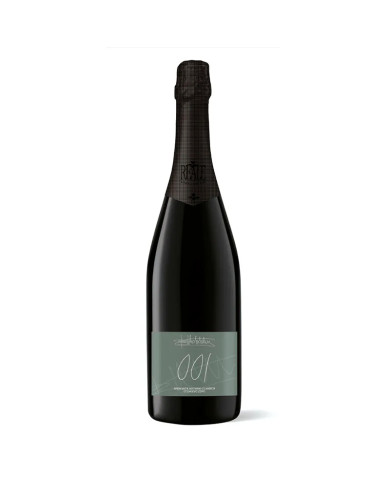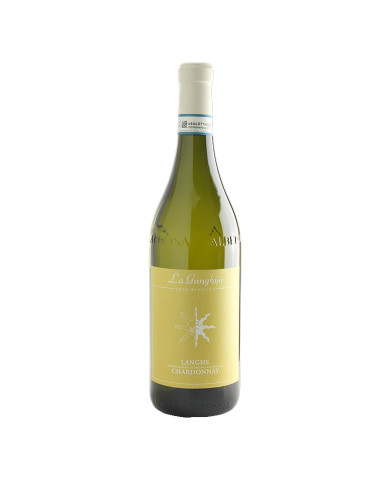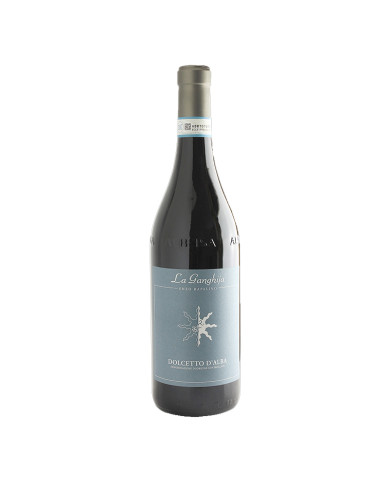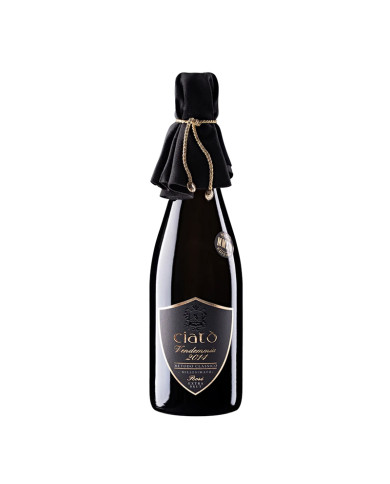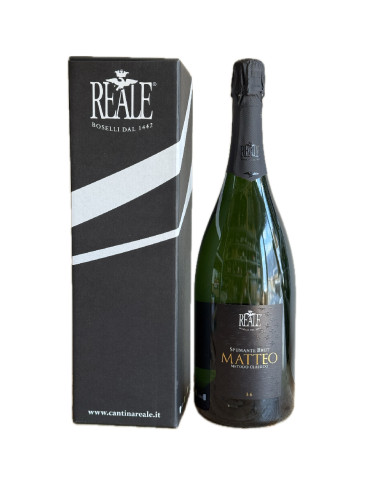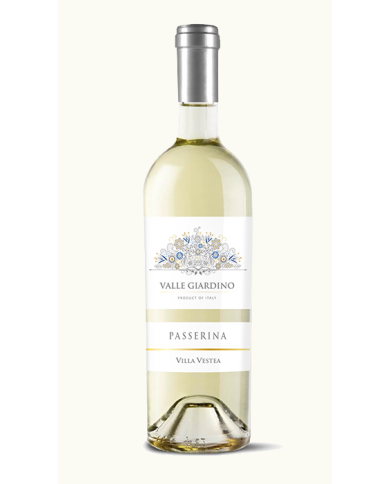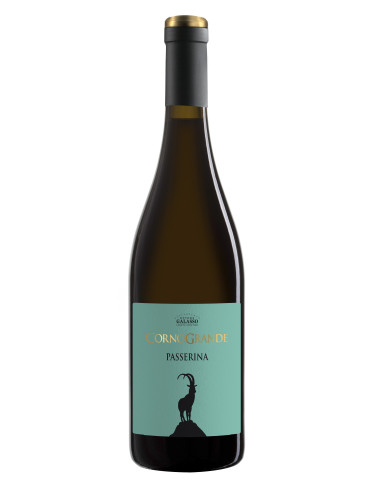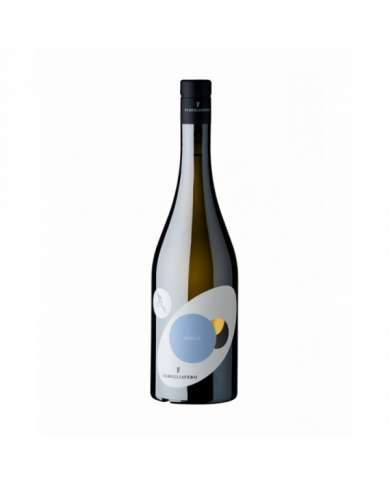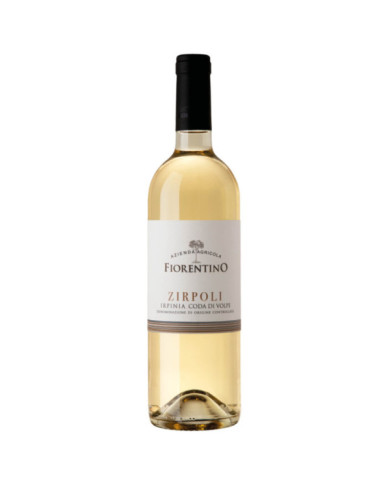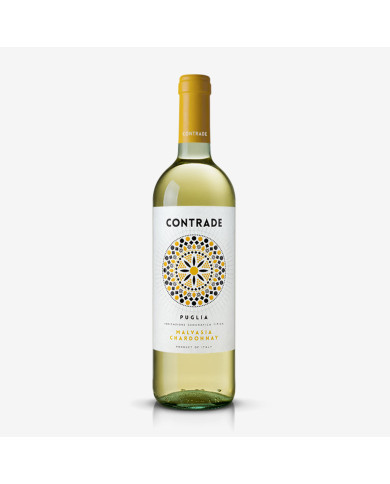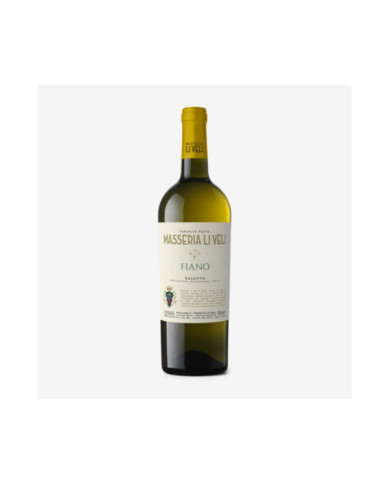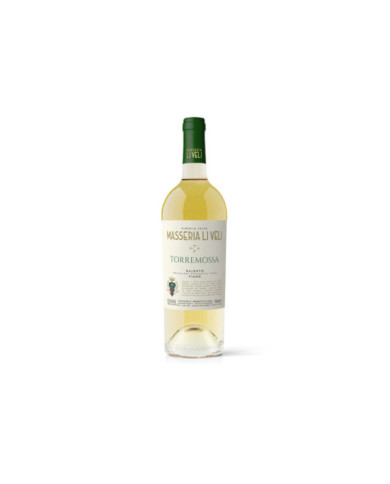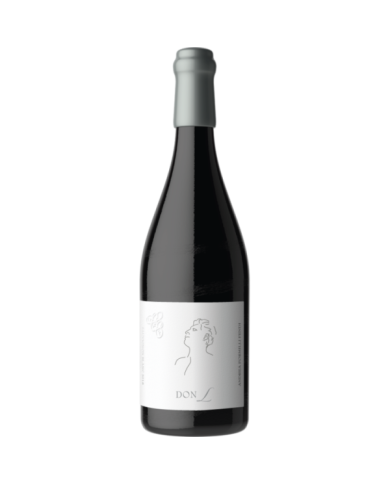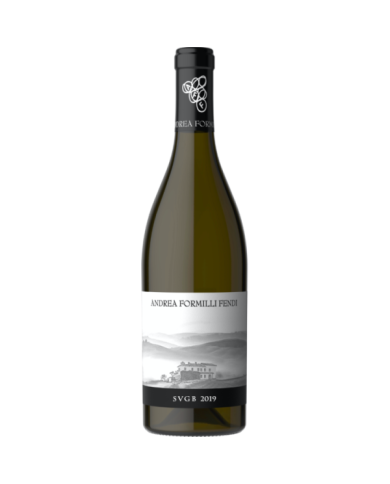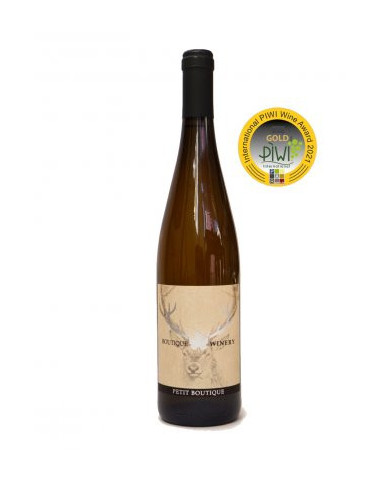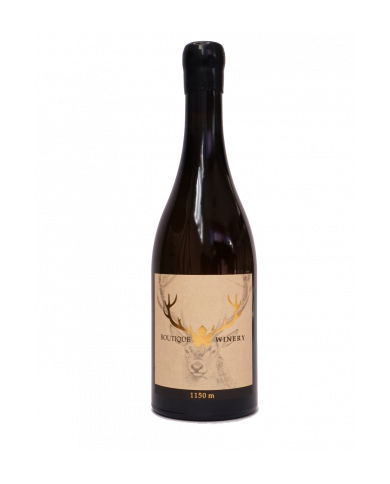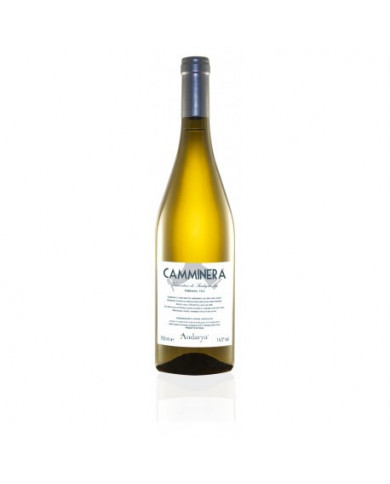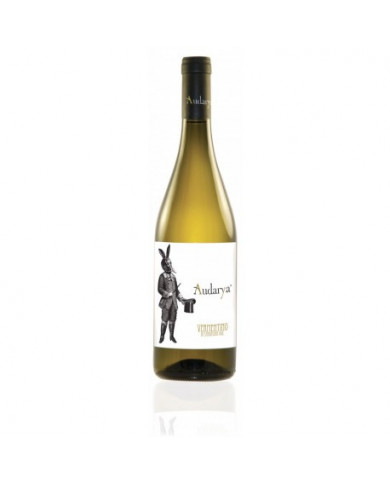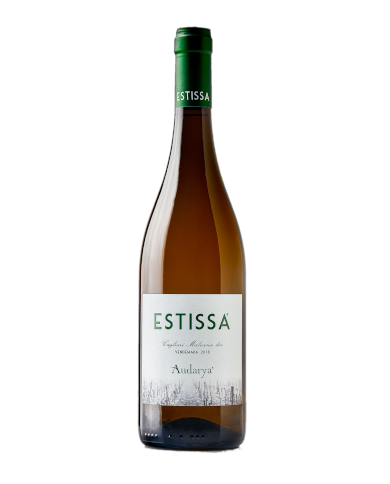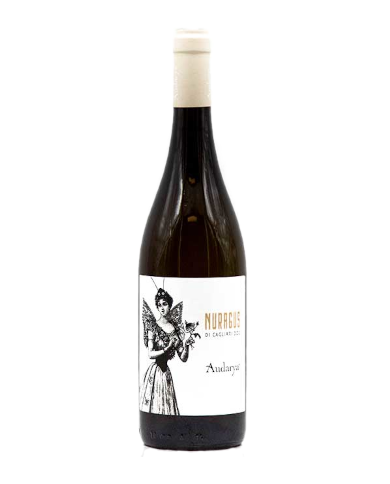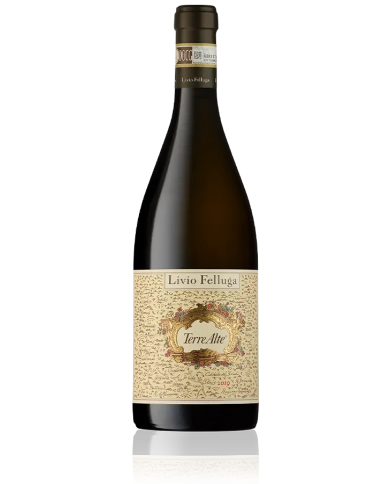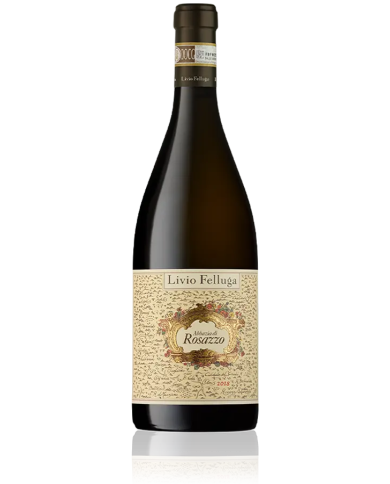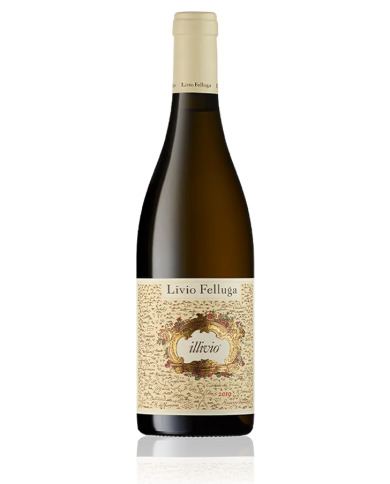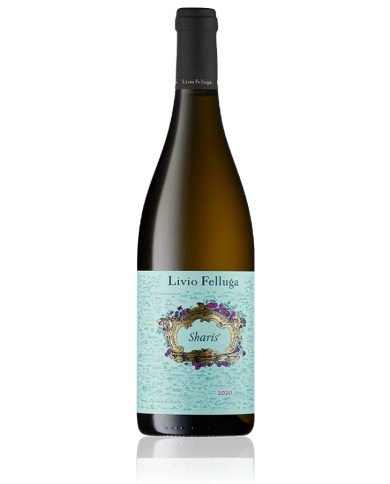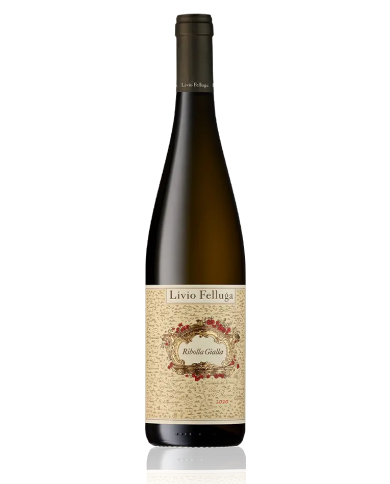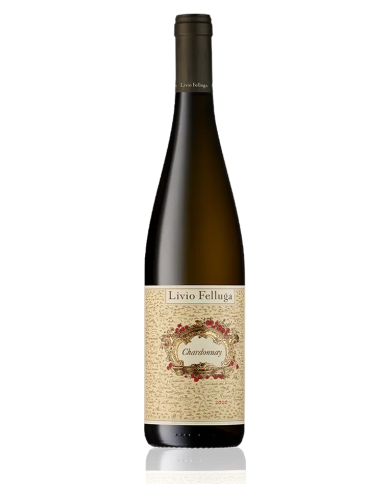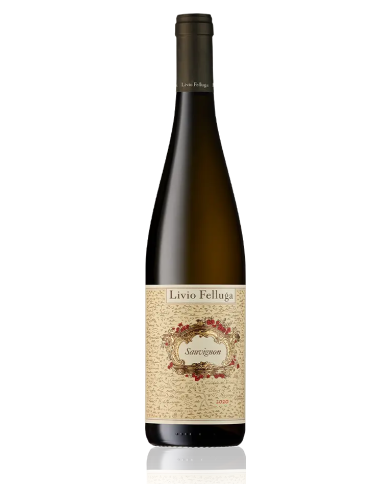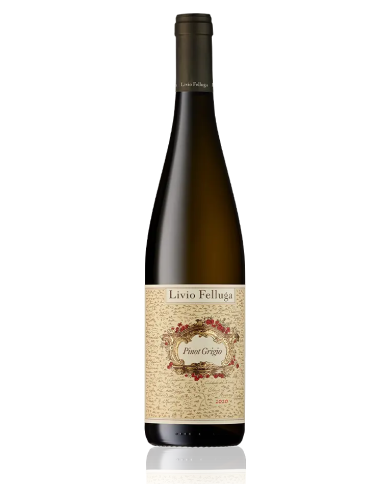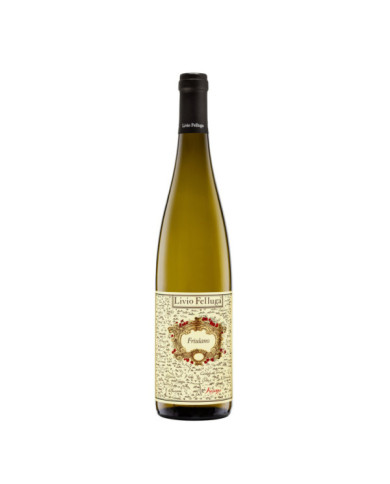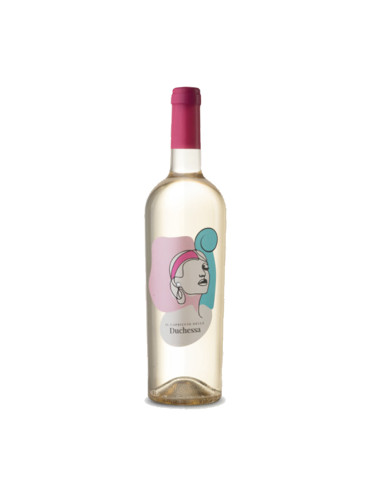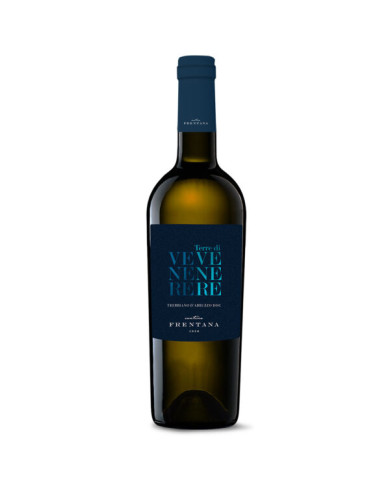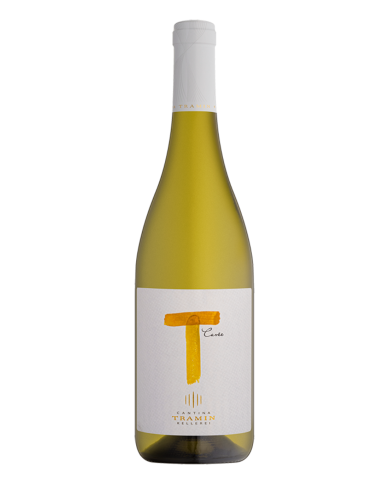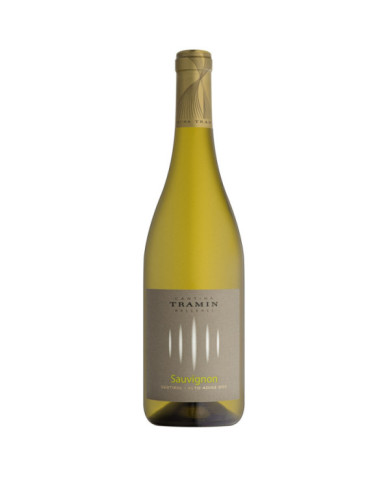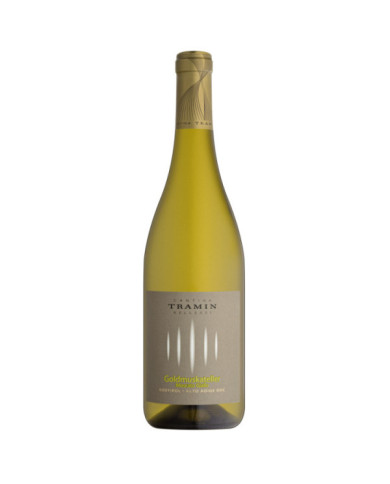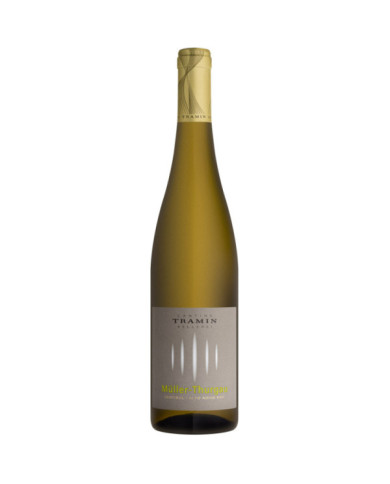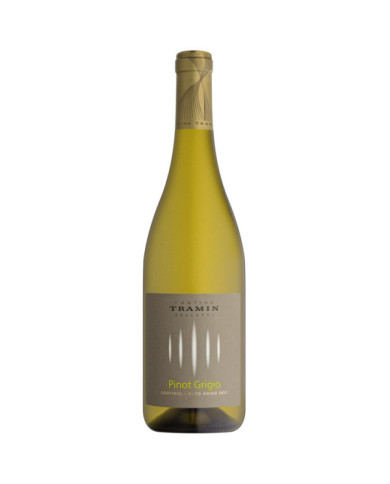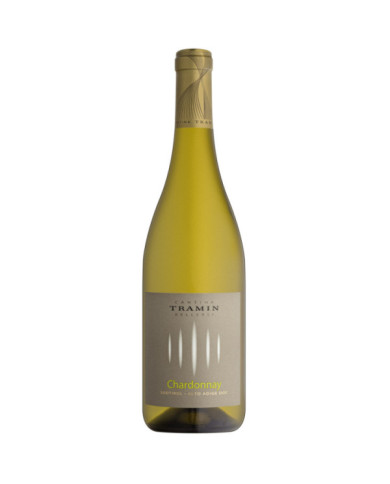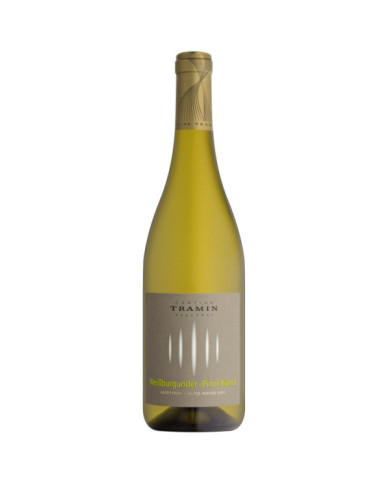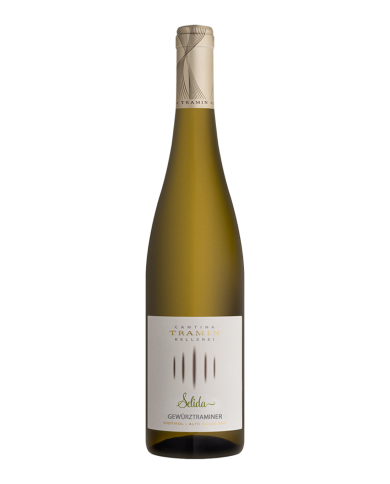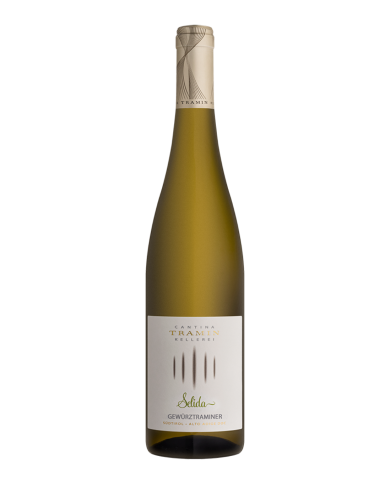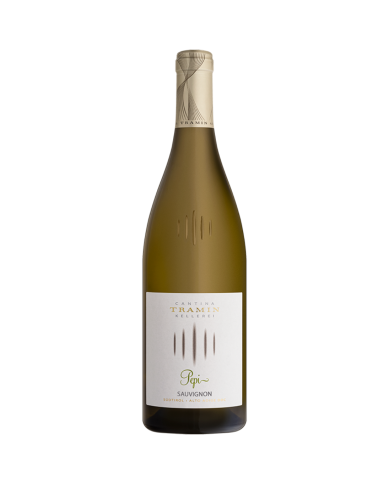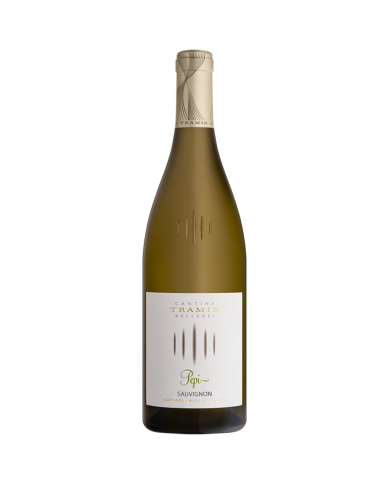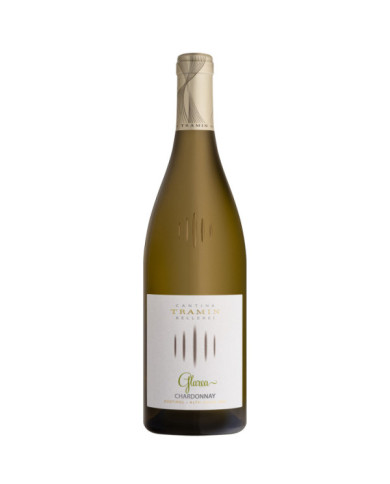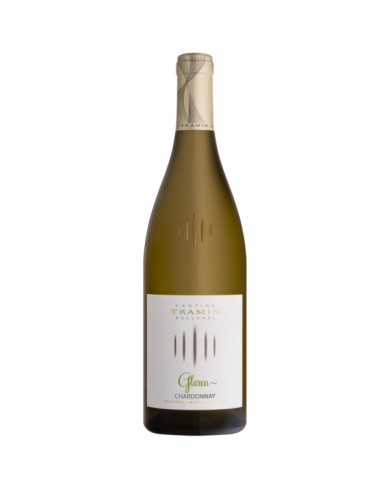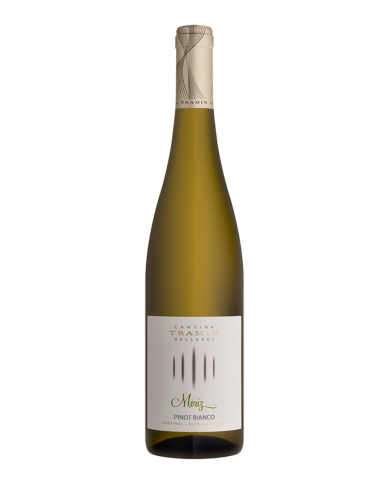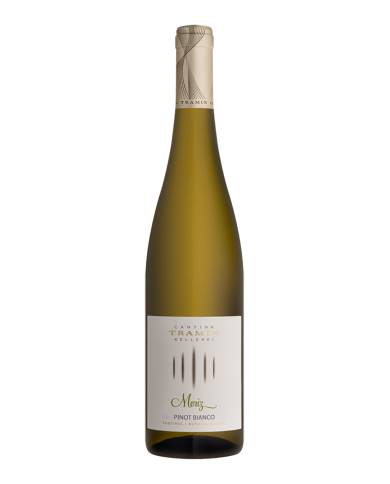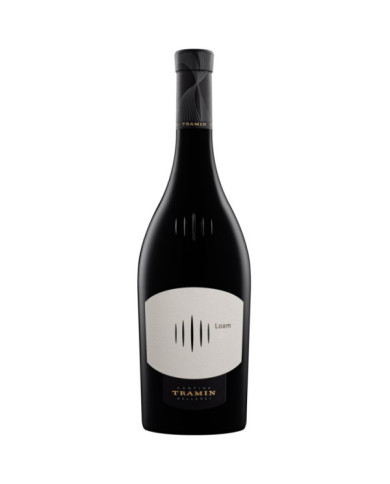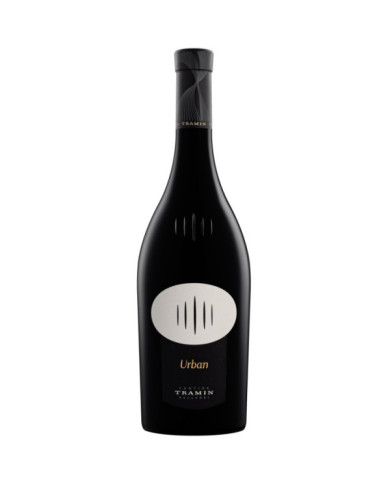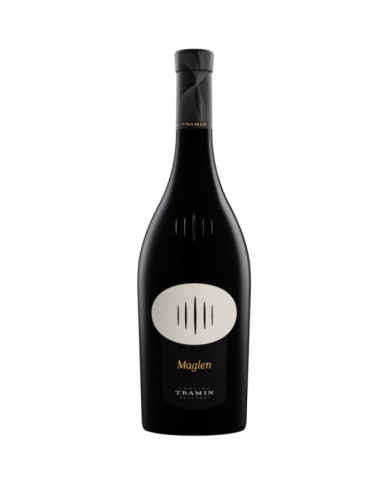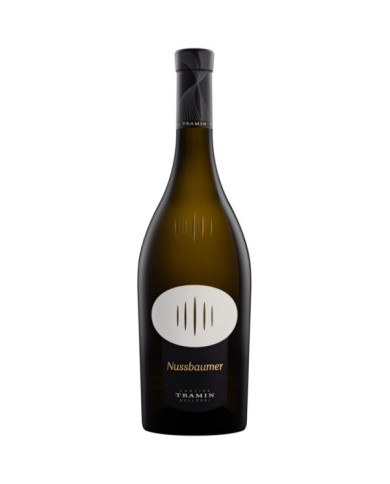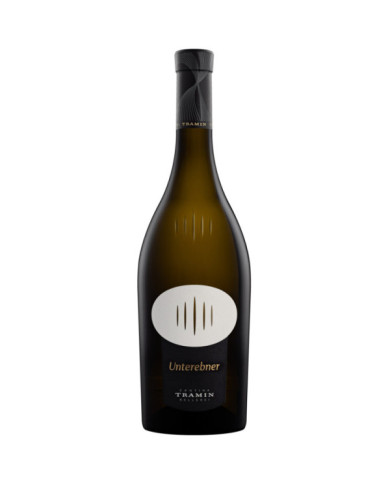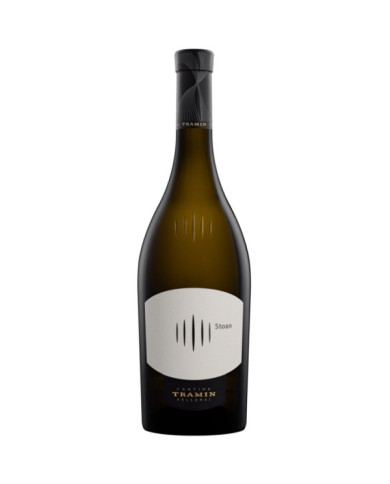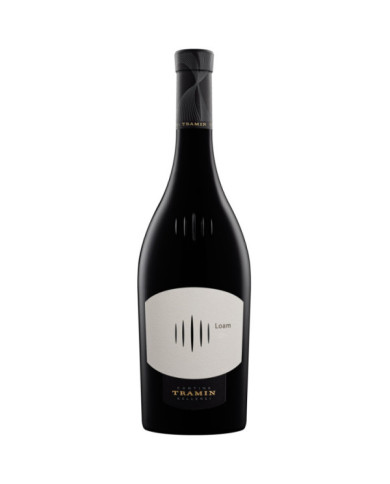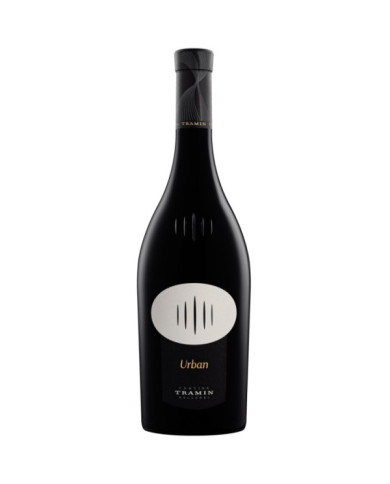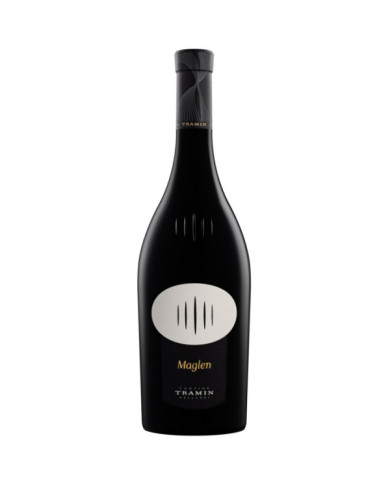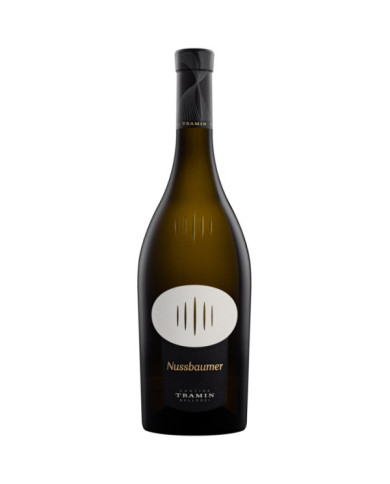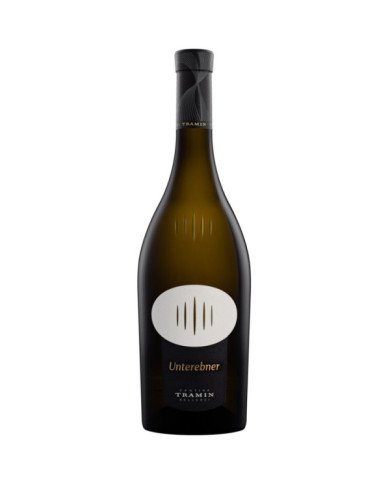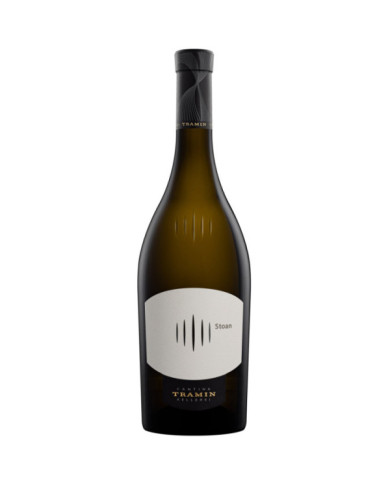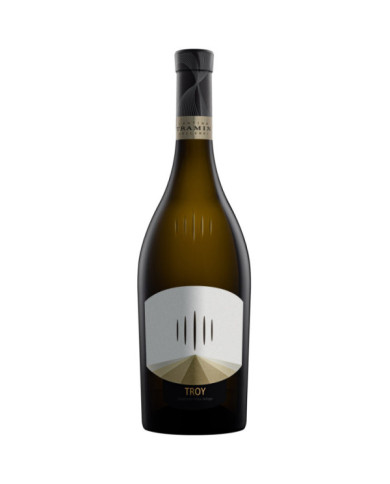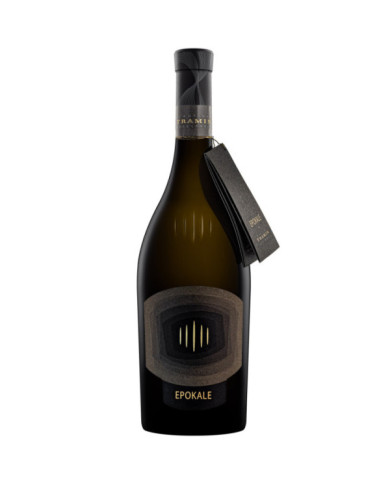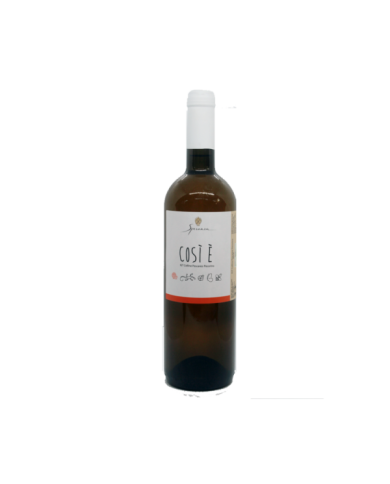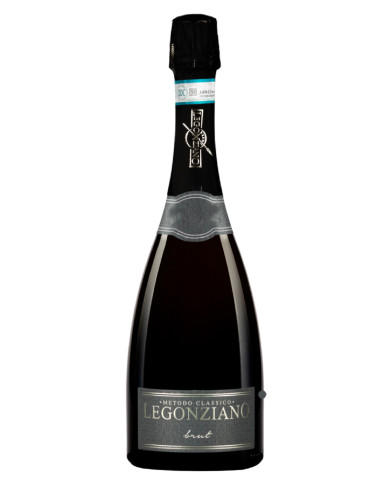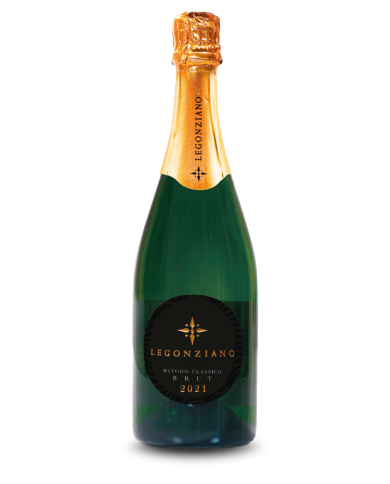With an elegant and floral nose, the Bianco di Pitigliano Superiore Doc Rasenno shows off refinement and great cleanliness.
Giallo paglierino intenso e brillante. Bouquet ampio e complesso che va dal profumo di buccia di pera alla crosta di pane; alle note erbacee di salvia, maggiorana ed erbe di campo. Morbido con note di cedro e lieve mandorla. Sapido e salino, agile e di buon corpo con finale appagante.
Giallo luminoso con riflessi argentati. Perlage fine e persistente. Intense ed eleganti nuance di frutta bianca e cedro con finissime note floreali e fragranti del fiore dâacacia. Freschezza e sapidità in grande evidenza. Intensi profumi di fiori bianchi, delicate note di pomacee, vivaci sensazioni agrumate, piacevolmente contrastate dalla morbidezza e dallo stuzzicante petillant. Ottima persistenza con gradevole corrispondenza gusto-olfattiva.
Giallo paglierino con evidenti riflessi dorati, brillante, dal pÃĻrlage a grana fine e persistente. Intenso, fine e complesso, con sentori di crosta di pane, ribes bianco ed uva spina, connubio di freschezza e profondità . Morbido, dalla spiccata vena sapida. Le note fresche e fruttate, dal gusto ricco e suadente, accompagnate dal fine perlage, contribuiscono a definire il suo carattere di grande complessità e persistenza gusto olfattiva.
Zona di produzione Uve selezionate nei vigneti di Ascoli Piceno e Offida Uvaggio Pecorino 100% Grado alcolico 13% VOL
Zona di produzione Vigneti di proprietà situati ad Ascoli Piceno Vitigno Chardonnay 100% Grado alcolico 13% VOL
It is an excellent wine obtained from the early harvest of Chardonnay and Pinot Nero grapes.
At the end of the natural fermentation in the bottle (36 months) we obtain an elegant wine with a fine perlage, a yellow color with golden reflections, a delicate, characteristic, fruity aroma, a savory, soft, full flavor.
Recommended with: capunsÃĻi, risotto, pumpkin tortelli, fish and shellfish, white meats and semi-aged cheeses.
Ideal with sea fish and shellfish dishes, oysters, spicy cured meats. Fresh, persistent taste with a savory aftertaste.
Straw yellow color; good structure supported by excellent freshness and flavor. The nose initially perceives a light toasting that quickly leaves room for herbaceous hints.
Straw yellow color; good structure supported by excellent freshness and flavor. The nose initially perceives a light toasting that quickly leaves room for herbaceous hints.
L'Irpinia Coda di Volpe Zirpoli dell'Azienda agricola Fiorentino nasce nel vigneto Barbassano, a un'altitudine media di 450 m. s.l.m.
Vermentino di Sardegna Camminera Audarya: âSa Cammineraâ is the walkway that runs along the vineyards. For some, certainly for us, it is the gateway to a magical world. Our Vermentino di Sardegna is also called Camminera, obtained from selected grapes from our best vineyards, selected for the characteristics and exposure of the soil.
Vermentino di Sardegna Audarya is like reverse magic, in which it is the rabbit who pulls the magician out of the hat and not vice versa
Estissa â Malvasia di Cagliari DOC Audarya, dry white wine from Malvasia grapes, golden straw yellow colour, aromas of peach blossom and pear on the nose, the sip is sapid and slightly aromatic, in a centered and balanced context. 750ml bottle. Grapes: 100% Malvasia.
Nuragus di Cagliari Audarya is a wine that expresses the two souls of Sardinia, the land and the sea.
Created in 1998 by the children of Livio Felluga and dedicated to him for his eighty-fifth birthday, illivio expresses the personality of the "Patriarch", combining strength and elegance.
The essence of Sharis, expressed by traditional varieties such as Ribolla Gialla and Sauvignon, and international cultivars such as Chardonnay, represents the beauty of Friuli Venezia Giulia in its diversity.
This noble vine derives from a bud mutation of Pinot Noir and, preferring cool climates, finds its ideal habitat in the hills. Livio Felluga vinification gives the wine finesse and elegance, maintaining the faint coppery reflections that unmistakably characterize its color. It is certainly the best-known Friulian wine in the world.
Color Bright straw yellow Smell Hints of exotic fruit and floral notes are perceived Taste Fresh and lively, of great elegance Food pairings Aperitifs and seafood dishes of seafood cuisine Serving temperature 8-10 °C
Trebbiano d'Abruzzo Terre di Venere Frentana comes from grapes of the vine of the same name. After crushing-destemming and soft pressing, a static cleaning is performed on the free-run must, followed by alcoholic fermentation at a controlled temperature conducted by selected native yeasts.
The grapes come from vineyards that extend over hills adjacent to the mountains at an altitude between 250 and 550 m slm , on calcareous soils of clay and gravel conformation subjected to strong temperature variations.
The term Selida originates in the local language of the past and its meaning is what today is defined as "small farm" or small agricultural reality. This name is a tribute to the thousand-year-old culture of small agricultural owners which, even today, represents one of the strengths of Cantina Tramin.
Unterebner Pinot Grigio was born in 1989 as a symbol of production towards the values of excellence of the winery. It reveals the surprising finesse and elegance of this vine, giving it a strong Alpine feel, beyond any fashion or trend.
Epokale is inspired by the wine of a distant era. When GewÞrztraminer, also in South Tyrol, was produced with a clearly perceptible sugar residue, which gave strength to body and soul
Golden yellow color, with fruity and floral aromas where mimosa stands out, bursts with a fresh and savory sip.
The best Italian white wines
Italy is home to important white wines. In the section of our Clickwine online wine shop dedicated to the best Italian white wines, you will find bottles of excellent white wine carefully selected by our Sommeliers.
The denominations used in our country to classify wines are DOCG, DOC and IGT. Sometimes denominations such as DOP and IGP are also found: these acronyms have similar meanings to the previous ones but are used by wineries that mainly sell their wines outside the Italian territory.
The production of white wine
White wines are produced from both light and dark berry grapes, but vinified in white: that is to say that during maceration there is no contact between the must and the marc, so that the skin - exactly the opposite of what it happens for the red - it doesn't give substances and color.
Its myriad nuances vary according to the characteristics of the vine, the refinement method and the vine cultivation area.
In white winemaking, once the grapes have been harvested, they are transported to the cellar, destemmed and pressed and the must is separated without any maceration or with a short maceration. Sometimes, however, the grapes are pressed and then macerated with the skins at a low temperature for a more or less long period. In this way, richer and softer wines can be obtained.
This phase is followed by the clarification of the white product, which can be done by letting the must rest, by cooling, centrifugation or filtration.
Fermentation begins either by introducing selected yeast into the must or spontaneously, with the indigenous yeasts present in the grapes. To maintain the aromas, finesse and freshness of white wines, fermentation is done at lower temperatures than for red wine vinification, generally around 18°C.
To obtain a fresh and lively wine, to be drunk young, malolactic fermentation is avoided, bottling early, after filtration and stabilization. More complex wines, aged or fermented in wood, are bottled only after several months spent in barrels.
How to taste white wine
First of all, you need to decide whether to uncork the bottle immediately or whether to age your white wine. If you want to immediately surrender to their charm, their aromas of aromatic herbs, flint or their notes of exotic fruit, then serve your white at the right temperature: 6-8° for a young white and 8-10° for a softer one. it is structured.
How to match white wine
Dry white wines will also surprise you at the table and not just for their straw yellow colour. As an aperitif and above all combined with a fish dish, white wine is certainly a must, but it is not easy to perceive which of the many labels will be the most suitable for the occasion
However, we suggest you try some white wine as an accompaniment to fresh, low-fat cheeses rich in milk such as the tasty buffalo mozzarella, or with soft, flowery-rind cheeses. They are obviously also perfect with white meats, such as the classic scallops but beyond the customs, white wine also perfectly decorates a table based on meat and risottos as well as truffles. Enter our Clickwine online wine shop to receive specific suggestions for buying the best white wine at the best price to pair with your favorite dishes.
White wines: prices and offers
Every week you will find on our Clickwine online wine shop selected white wine labels at special prices in this section and in the one dedicated to offers, you can then take a look at those with the best value for money.
A wide choice of quality products is available at affordable and truly exclusive prices. Do not miss the incredible offers of white wines belonging to all the most prestigious wineries of Italian production, discover Italian wines loved and internationally recognized.
Enter the Clickwine catalog and expand your choice by purchasing online exclusive articles of small-sized wineries, but with an exceptional production of the highest quality.
White wines: longevity and conservation
How long can I keep white wine in the cellar? Do white wines improve like red wines with age? These are the questions that a wine consumer asks himself when speaking of white wine.
In general, white wines are much less long-lived than reds, for two reasons: the tannins and the ageing. Tannins are antioxidant substances present in the skins of wine which are not present in whites; As far as aging is concerned, however, most of the white wines are aged in steel for a few months, even the reds, if they are aged a little in steel and undergo rapid maceration, do not last many years. Let's say that a classic white that ages in steel lasts from 2 to 3 years maximum. If it is macerated or aged in wood, it can last up to 20 years and improve from year to year.
How many types of white wines are there?
There is no exact number of types of white wines, as there are different white grape varieties that can be used to make white wines. Some of the most common white grape varieties used to produce white wines are: Chardonnay, Sauvignon Blanc, Riesling, Pinot Grigio and Moscato. There are also other less common varieties such as GewÞrztraminer, Semillon and Viognier. Each of these varieties can be used to make white wines with different and unique characteristics, so there are many different types of white wines available.
How to recognize a good white wine?
There are several ways to recognize a good white wine. One of the easiest ways is to taste the wine and evaluate its taste and aroma. A good white wine should have a pleasant taste and a delicate, complex aroma. Other factors that can indicate the quality of a white wine are the vintage, the grape variety and the production area. In general, white wines produced with high quality grapes and in particularly favorable years tend to be more valuable and of higher quality. Furthermore, white wines produced in regions renowned for the production of high quality white wines can be considered more valuable than the ones produced in other regions.
How to understand if a white wine is good?
As mentioned above, one of the easiest ways to understand if a white wine is good is to taste it and evaluate its taste and aroma. A good white wine should have a pleasant taste and a delicate, complex aroma. Furthermore, it is important to keep in mind the quality of a white wine can be influenced by many factors, such as the vintage, the grape variety and the production area. For example, white wines produced with high quality grapes and in particularly favorable years tend to be more valuable and of higher quality. Furthermore, white wines produced in regions renowned for the production of high quality white wines can be considered more valuable than the ones produced in other regions.
Why is it called white wine?
White wine is called this way because it is produced using white grapes. Most of the white grapes have a transparent or slightly colored skin, therefore the wine produced with these grapes has a clear and transparent colour. Sometimes the color of white wine can be influenced by the type of grape used, the winemaking process and the addition of other ingredients, but in general, white wine has a clear, transparent color.
How to replace white wine?
If you want to substitute white wine in a recipe, there are several ingredients you can use. One of the more common options is to use chicken or vegetable broth instead of white wine. Other options may include using white vinegar or apple juice diluted with water. Also, in some cases you can omit the white wine entirely and use other ingredients to achieve the desired flavor in the recipe.

